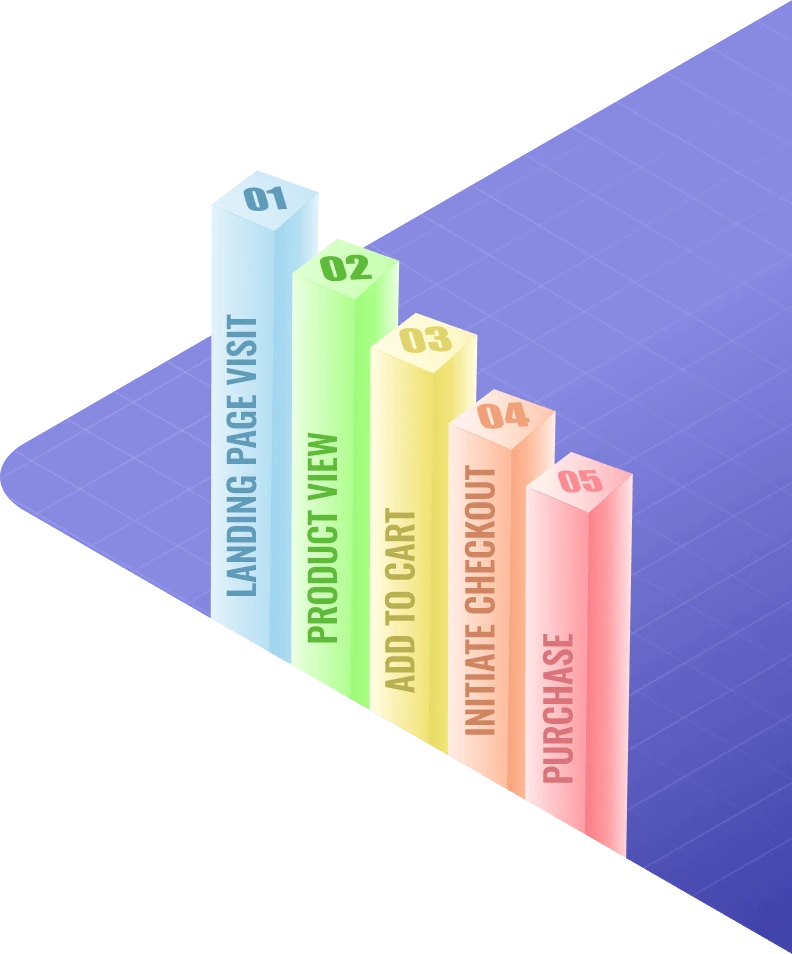SEM is paid tactics to appear in higher search rankings like on Google and other search engines.
It’s different from SEO because SEM, which is Search Engine Marketing, is often the umbrella for SEO and paid search engine advertising.
When businesses talk about SEM strategies, they can include SEO and PPC. But there’s also a lot more to SEM besides SEO and PPC.
If you want to know SEM for dummies, here’s the beginner’s guide on everything you need to know about SEM for your business.
What Is SEM?
SEM is paid advertising to increase online visibility with search engines. Your business may want to improve its visibility and search rankings, which is why SEM is a powerful strategy to use in marketing.
You can decide to use SEO and PPC strategies because they both fall under the umbrella of SEM for Beginners.
SEM is powerful because it allows a business to place ads in front of its audience with paid advertising.
What Kind of SEM Strategy Should You Have?
Now that you have a basic understanding of SEM, you need to figure out what strategies will work best for your business.
You need to figure out the keywords, the paid traffic strategies, and more that will generate more leads and more profit.
Identify Keywords
When you plan for an SEM strategy, you need to figure out what keywords your audience is using. You need to figure out what they are searching for that involves your product.
You need to have a step-by-step guide that can help find relevant keywords to add to your paid and SEO marketing strategies.
You can find tools online that help you see keyword volume and difficulty. It gives you insight into how many people use that keyword and how many competitions are using that keyword.
You can also identify negative keywords that exclude some people from finding your business. You don’t want to attract every single person who falls under one keyword, which is why it’s important to have negative keywords.
Have a Campaign Objective
Developing an SEM for beginner strategy requires having a campaign objective. That means focusing on an area of your business you want to market.
You could do brand awareness campaigns that focus on spreading your brand. It focuses on your story and how your customer resonates with that story. It makes that customer want to return to your brand because they feel an emotional connection with your story.
You can also focus on sales. You could bring in more leads with PPC advertising but focus on generating more sales from these leads.
Our business focuses on helping businesses focus on a campaign’s objective. You can see the case studies of businesses we’ve helped.
Google Adwords
Google Adwords is a PPC strategy under the umbrella of SEM. if you’re going to run an SEM strategy, you should be familiar with how Google Adwords works.
You should have a fundamental understanding of keywords, landing pages, and the metrics behind Google Adwords. You want to target people who are most likely to click your advertisements and go to your landing page.
Also, you need to focus on a broad spectrum of keywords. You need to figure out not only positive and negative keywords, but you also need to figure out phrase matches.
You need to figure out exact matches that are often closely matched with the actual term.
The more targeted your keywords are, and the more research you have behind your keywords, the more leads you’ll get from your campaigns.
Audience Targeting
Audience targeting is important because you can’t target everyone. You can target everyone, but the results probably won’t be favorable.
One strategy to consider when you’re doing an SEM campaign on PPC is to look at location targeting. That means targeting people in a specific location. For instance, if you wanted to target people exclusively in New York City, you could do that in your strategy.
Another targeting strategy to consider is ad scheduling. That’s when you only show ads during specific times in the day.
You can also do demographic targeting, which targets specific demographics in a certain area. In your research, you might find that specific demographic shops are better with your product.
You can also create a strategy around showing your product to people who like specific devices, such as a desktop or an iPhone.
It’s important to remember that the more targeted your audience, the more likely your click-rate and leads ratio will be higher.
Setting up an Ad Campaign: What to Look for
When you are setting up a beginner SEM campaign, you should look at specific metrics to help you understand if your campaign is doing well.
For instance, you should look at the quality score and ad rank. The quality score will tell you the relevance of keywords and the landing page. Ad rank shows you where your advertisements rank on search engines.
Both metrics are important if you want to improve the ad copy, focus more on the audience, and create an appealing landing page.
SEM for Dummies: Why It’s Important to Know the Basics
SEM for dummies is designed to give you a basic understanding of SEM and how to incorporate them into your marketing.
You now have an understanding of what it takes to create an SEM campaign for beginners and why you should focus on an objective. This guide is designed to ultimately give you insight into the different strategies and how you can use them in your business.
If you have any questions about SEM strategies, contact us here.
Read More Blog
10 Top Skills Needed for Marketing Your Business
7 Must-Have Digital Marketing Tactics to Grow Your Business
How Do I Get My Business on Google Maps?
How to Drive Traffic to Your Online Store or Website: A Helpful Guide


